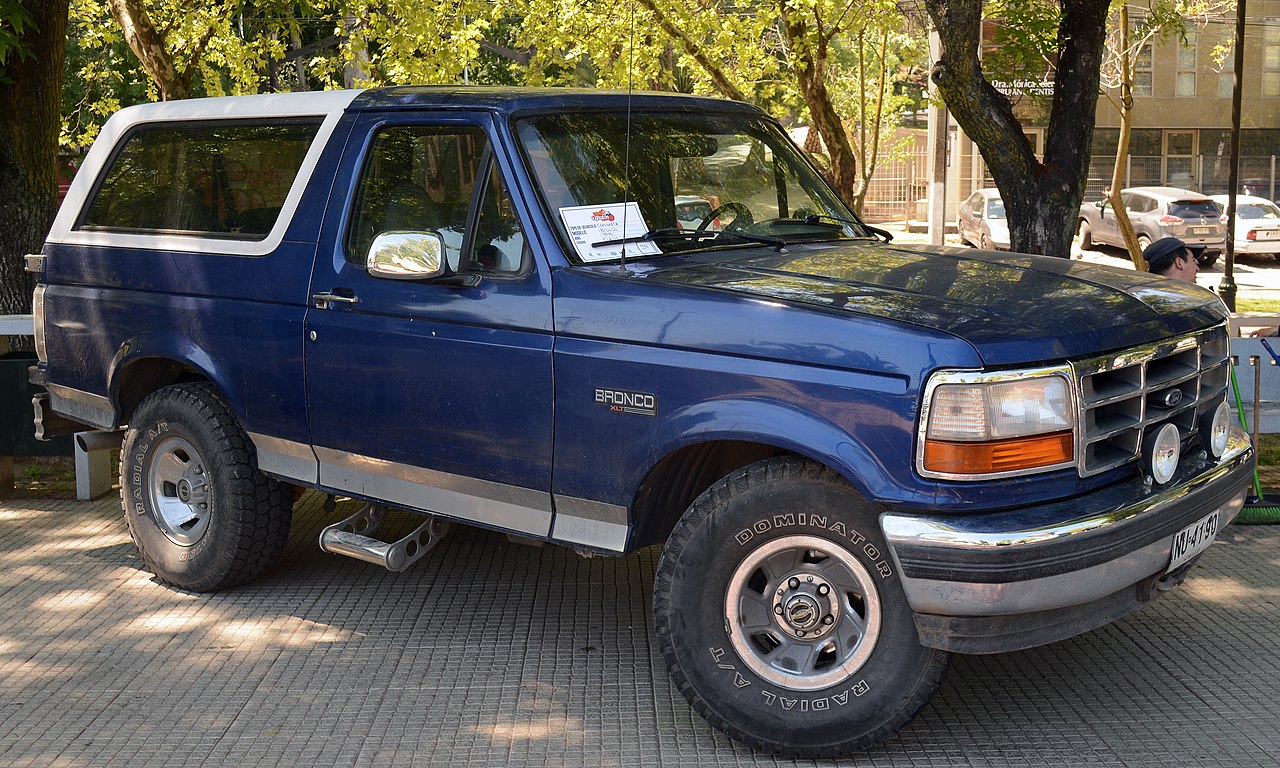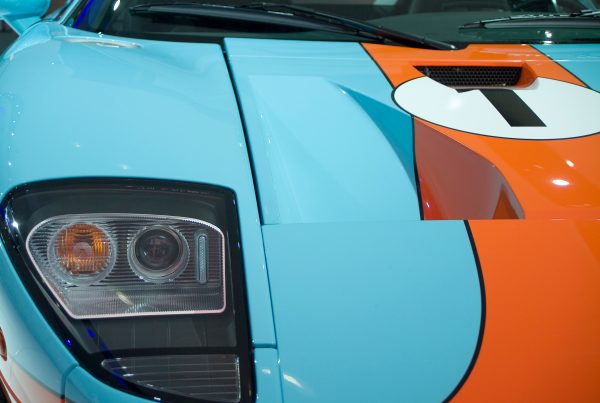Built to Endure; Built to Last.
In the early 1960s, Ford took the reliability, power, and prowess associated with Jeeps and put them into a sports-utility vehicle that Ford calls the “1966 G.O.A.T––an acronym for “Goes Over All Terrain.” The Ford Bronco was the creation of the Ford product manager Donald N. Frey, who also conceived the idea for the wildly popular Ford Mustang. Known from its brochure as an All-Purpose Vehicle, the original 1966 Ford Bronco was an Off-Road Vehicle (ORV) that was intended to compete with Jeep’s at the time, legendary 4-wheel drive machine, the CJ.
Yet, instead of being known as a crude military vehicle, the Ford Bronco would be known for its creature comfort versatility, in addition to its rugged off-road capability. From the first production of the 1966 Ford Bronco to its final run in 1996, the Bronco grew in stature, power, and sophistication.
1966-1977 – Generation I
The Ford Bronco became an American off-road icon, available as a two-door wagon, half-cab pickup, and open-body convertible. Engineers amped up Bronco’s track width––to give it a stability advantage on virtually any surface. In addition to durability and strength, a coil spring front suspension provided a smooth ride. The four-wheel-drive 1966 Ford Bronco had a 92-inch wheelbase, which meant it could nail any tight off-road maneuvers and nimbly traverse any obstacle in its way––powered by a solid-lifter version of Ford’s proven 170-horsepower at 4,400 rpm. While the Bronco was not derived from Falcon DNA like the Mustang, it depended heavily on Falcon elements. The transmission was a steering column-mounted fully synchronized three–speed; an automatic transmission was not available until 1973.
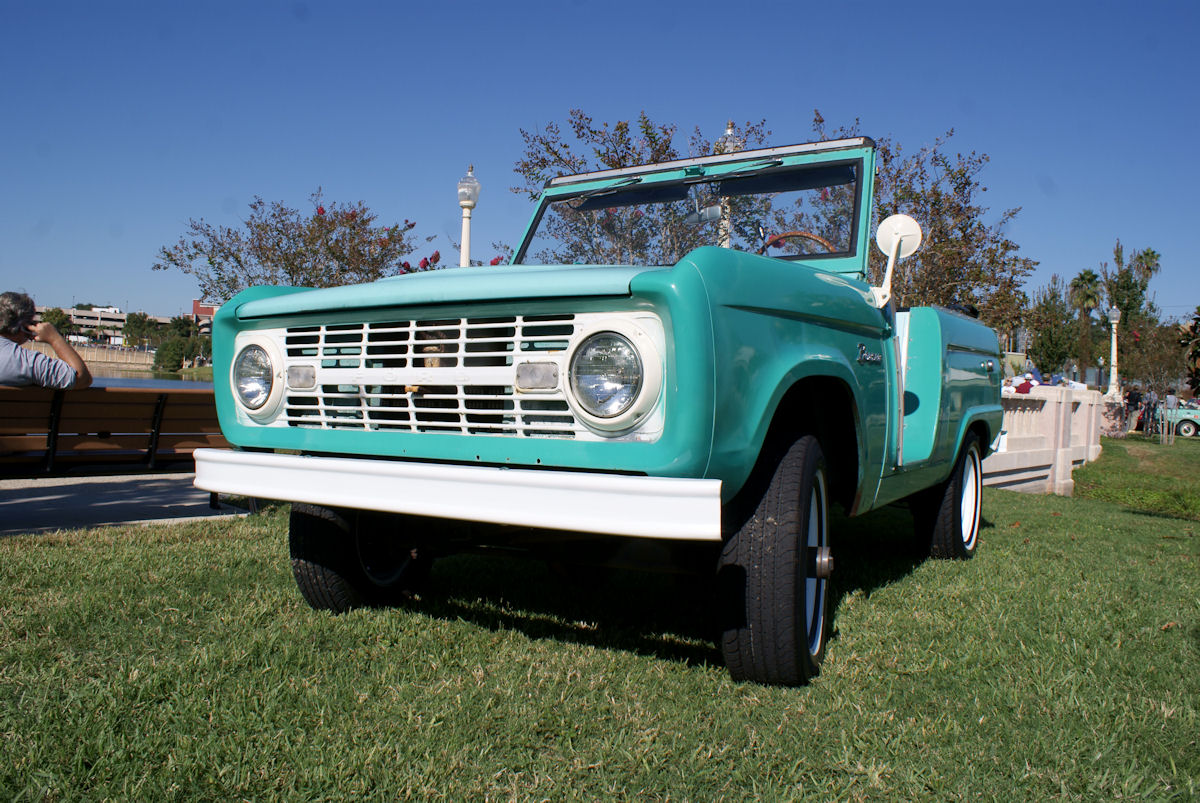
1978-1979 – Generation II
Just 12 years after the production of the first–generation Ford Bronco, Generation II debuted. This time, Bronco was larger––taller, wider, and longer––than ever before. Based on Ford’s contemporary F-100 full-size pickup, the 1978 Bronco came riding on a 104-inch wheelbase. In addition to width and height differences, it came with a removable fiberglass top cover and a manual rear window––one of Bronco’s hallmark features.
The first of its kind, the Ford Bronco, had a full-time four-wheel-drive transfer case with automatic locking front hubs. It looked a lot like an F-series pickup and featured V8 engine power.

1980-1986 – Generation III
Bronco sales in the 1980s can help shed light on the popularity of the new, smaller, lighter ‘80s Bronco compared to its full-bodied namesake. The introduction of the third-gen Bronco meant a lighter frame, reduced weight, and improved airflow––all of the key components for an all-around better truck. Innovations for the third-gen Bronco meant boosted fuel economy and an all-around smoother ride. In 1982, for the first time, the Bronco bore the hallmark blue-oval emblem to showcase its Ford roots.
As far as inner mechanisms go, the third-gen Bronco adopts an independent suspension, the Twin-Traction Beam swing axle––a dirt-reliable, easy-to-repair axle with innovative designs that run deep. Its engine choices include a standard inline-six, a 4.9-liter V8, and two 5.8-liter V8s. Its rugged capability, matched with its smart convenience, made it a luxury ride that never blazed too far from the trail.

1987-1991 – Generation IV
Enter the aerodynamic age of Ford, the Generation IV Ford Bronco. Lovingly known by car enthusiasts as the “brick nose,” the 1987 Ford Bronco possessed more jutting angles, an aerodynamic silhouette, and a comfier ride. In addition to a transformed exterior, the interior of this Bronco was anything but old school. The 300 six and 251W 5.8L V8 engines were paired with electronic fuel injection. A four-speed automatic transmission replaced the three-speed during this generation. In ’87, the Bronco gained a new safety feature, a rear anti-locking brake system (ABS), which worked in conjunction with the vehicle’s computer to modulate the rear brake’s hydraulic pressure lines––the optimal safety features to make it the perfect family car.
Compared to the earlier models, the 1987 Bronco was ready for the trail and long family road trips.
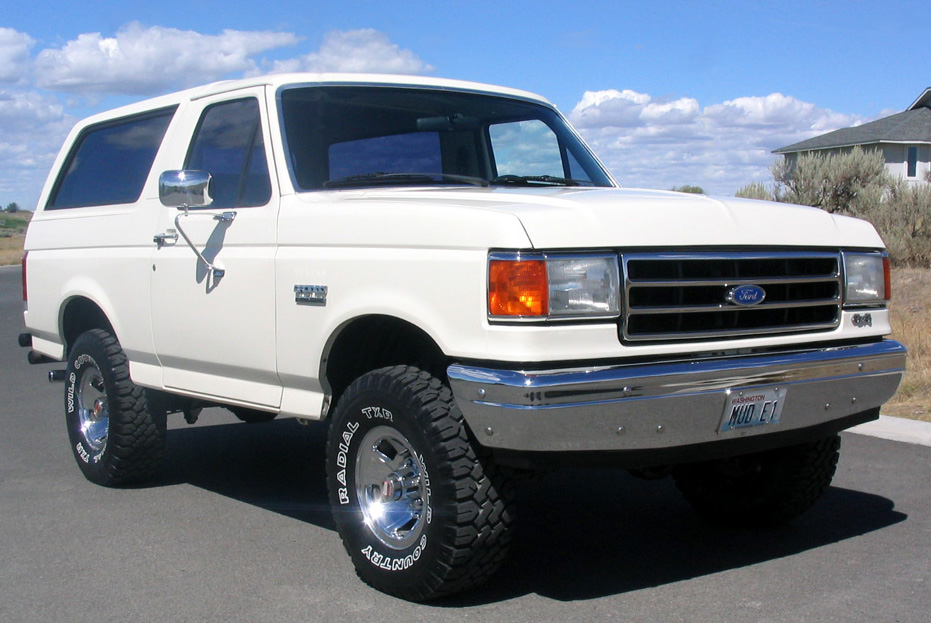
1992-1996 – Generation V
When the Generation V Bronco hit the streets in 1992, it was hailed as the most aesthetically pleasing model yet––both inside and out. The exterior featured sleek lines and ample head-turning paint options. However, the upgrade wasn’t limited to just the exterior. Comfort was a major focal point of this model, in addition to technology upgrades like power windows, a digital odometer, and a premium sound system.
Despite its popularity, this would be the last year of production for the Ford Bronco. On June 12, 1996, the last Bronco was released from the Michigan Truck Plant assembly line. The taste for American cars was changing, and to keep up with the demand, Ford replaced the Bronco with the four-door Expedition.
